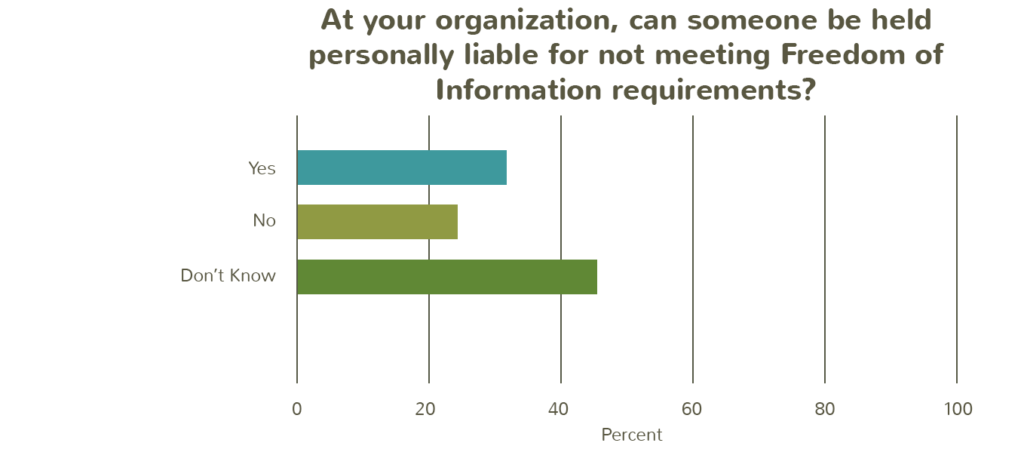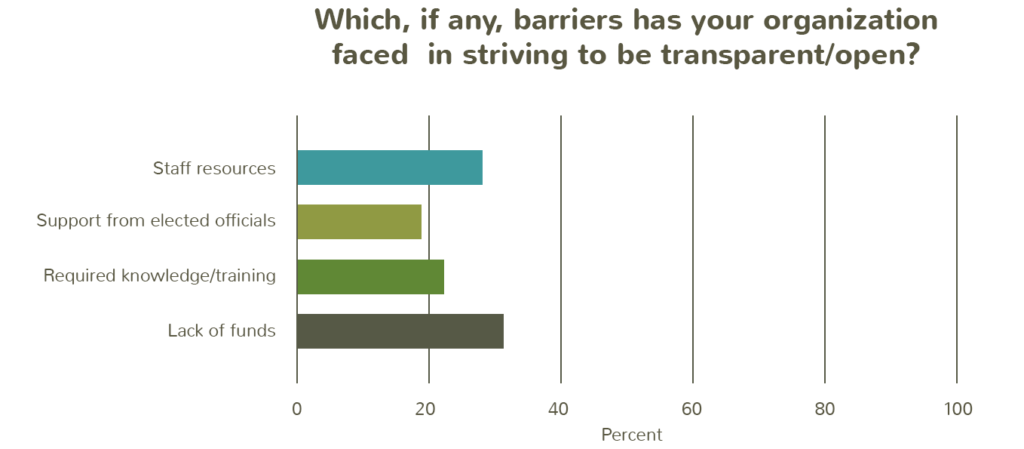3 Transparency Tips from the County of Lennox and Addington
In our recent webinar Bringing Information to the People: Transparency Tips for Small/Mid Sized Local Governments, we had a great conversation with Tracey McKenzie from the County of Lennox & Addington, Ontario about how her organization manages to achieve such a high standard of transparency while dealing with limited staff and resources.
While a common barrier to organizational change can be finding the budget, staff time and buy-in from other departments or council members, our discussion revealed some compelling reasons why organizations should make improved transparency a priority NOW.
Here are the 3 top takeaways from our discussion.
- State/Provincial Laws Can Put Liability on an Individual Person Not Just An Organization
Whether you help run a town of 100, or a city of 100,000, the public’s expectation is that they’ll be able to access information online 24/7/365. Increasing the public’s access to information will help to meet these needs and increase citizen engagement, but it could also reduce liability for your organization and staff. Did you know that a lack of transparency could put you at risk? In some states/provinces (such as Ontario), there is an individual designated as personally liable for not meeting Freedom of Information requirements. And our webinar revealed that a staggering number of people (45% of attendees who were polled) are unaware if that is the case at their own organization. Do you know? We recommend researching and understanding your provincial/state requirements.

- Having a Paperless Agenda and Records Management Solution in Place is Key
Making a pledge to be more open and transparency is easy to say but harder to do. However, if systematic processes and tools are in place it is achievable. A key takeaway from our webinar discussion is that the foundation for managing transparency is adopting a paperless process. Going paperless and digitizing information allows for full accessibility and searchability. Also, the legislative requirements from upper levels of government demand organizations to be open and transparent, and from a scalability aspect, this is only possible by using an automated system.
- Investing in Transparency Provides a Solid Return
Implementing and using a paperless agenda and records management process and an online
hub to search for and access documents, is achievable for small/mid-sized local governments. Budget and staff resources are a concern for many organizations – in fact, 63% of poll respondents said lack of funds was the main barrier in striving to become a more open and transparent organization. However, the investment is worth it. “[Before going paperless] we were producing between 25-30 agenda packets…of 100-200 pages each…so just taking the paper and copy time into effect…you are going to save all of that money, so that’s how we look at the ROI” Tracey explains. In addition, a reduction in information requests as well as time saved in copying and producing all of the agendas and related documents allows staff to focus on more important tasks. As Tracey said, ‘Agenda Week became Agenda Day’.

For an inside look at how a leading local government is managing transparency, watch a recording of the webinar.

